Another Tango in harmony with youself — an interview with Olga «Wings», tango-DJ from Saint Petersburg, Russia
Another Tango in harmony with youself
An interview with Olga «Wings», tango-DJ from Saint Petersburg, Russia, 18 March, 2016.
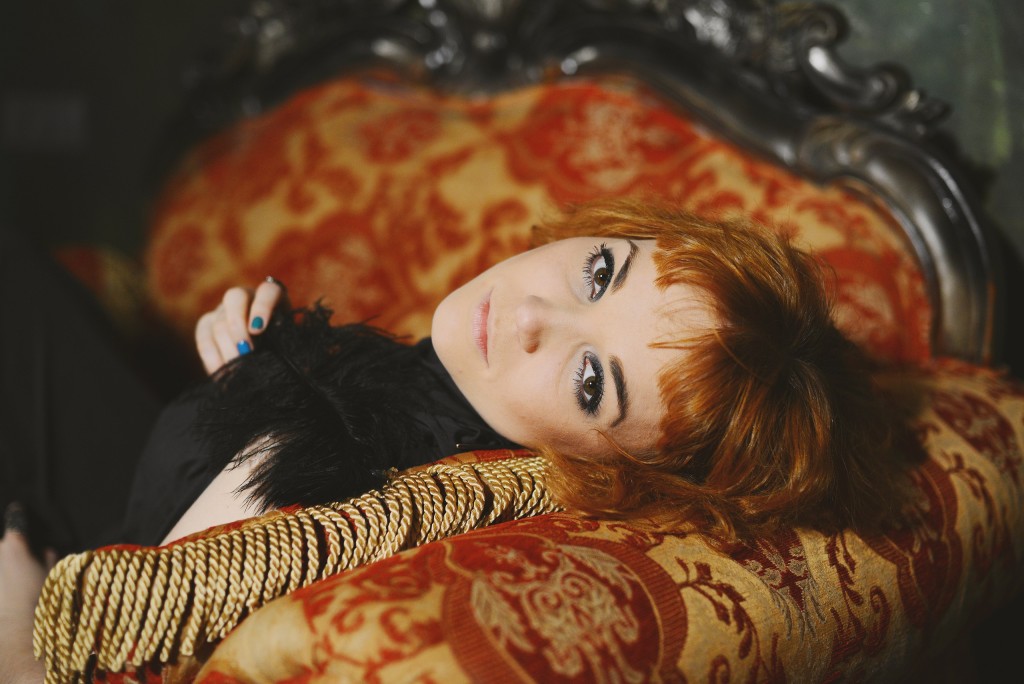
What is Queer Tango?
Olga: A year ago I posted the advertisement of Queer Tango’s Festival 2015 in one of the largest tango-groups in the city. I still remember the dialogue appeared in the comments.
“Where’re all the men?”
“No men.”
“And what is the point? How do you dance?”
Really, how to dance tango without leader? Well, easily. Firstly, woman can be a leader. Secondly, woman can be a good leader. Thirdly, woman can be even better than a man. Imagine than you could exchange the leader and the follower roles to combine different feelings and emotions, enjoying the music the way you want.
This Tango makes a great impression, as well as lots of doubts, because of its freedom and unpredictability. It is just like a challenge for stereotypes.
The leader can understand the sense of the tracking only after trying this role. The leader and the follower have different sense of music thought their steps. Everyone tells his own story but they both depend on each other because they’re dancing together. If you realize this, you will get better understand tango itself.
«Queer Tango is universality. You can understand all sense of leading and following only after trying both of them. If you realize this, you will get better understand tango itself.«
As usual “Queer Tango” and “non-traditional sexual orientation” are thought to be synonyms. Is it true?
Olga: No, they’re not synonyms. There’re lots of different people in Queer Tango, as well as in traditional tango. The question of sexual orientation is personal business and has no attitude to dancing. In Queer Tango people learn how to do tango in both roles. Of course, some of them can find his or her love while training. All in all, people use tango for different purposes: for dancing itself, for new emotions, for dealing with some questions, for friends, for lovers… everyone has purposes.
Dance in pairs usually brings some sexual meanings, especially tango. What do you think about it?
Olga: I think it’s just another stereotype. For me tango is communication, which means dialogue and power exchange between partners. It’s a unique chance to tell something without any words. Tango is rather psychology than physiological matters, and milonga is a place for new meetings and communication.
But if someone looking for sex, he will find it everywhere, including tango.
«If someone looking for sex, he will find it everywhere, including tango. When I dance, I mean something which is much more deeper. Everything is subjectively.«
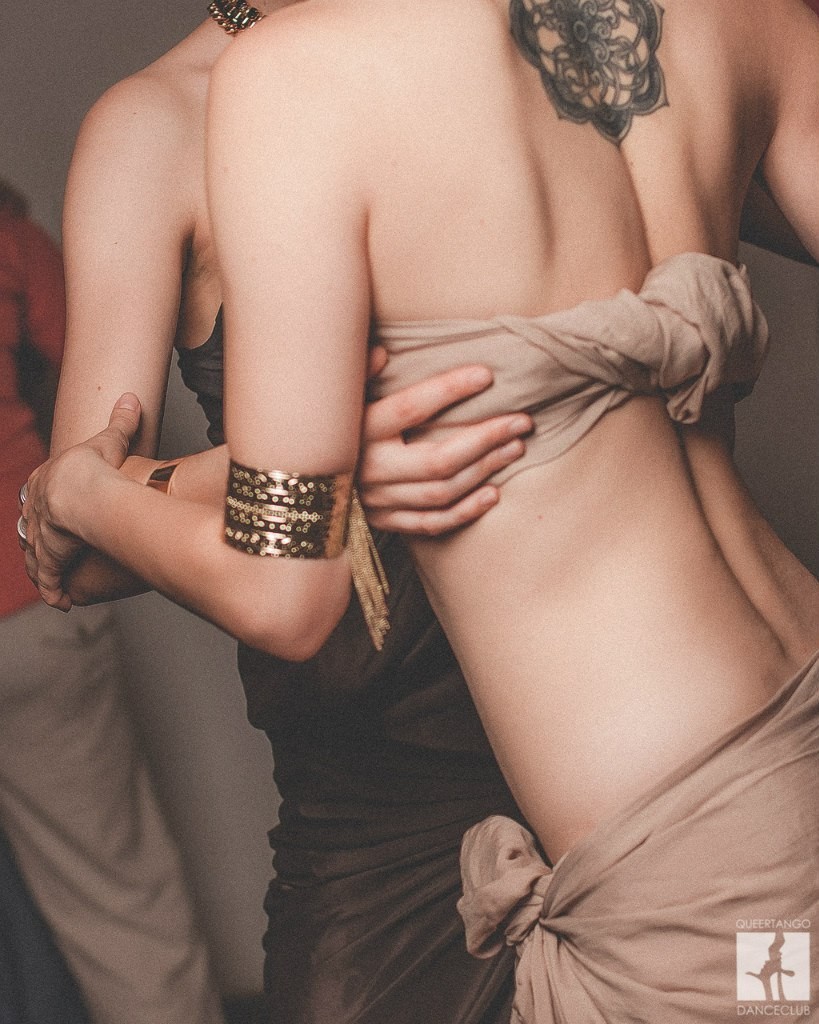
So, there’s no sexual part in Queer Tango?
Olga: When I picked up tango I was sure that it’s very sensual and plain dance. I was really surprised to know about its complication and diversity. Tango is something more than just physics. Not everybody can realize it in time. Different people stand different amount of sexual part in tango. When I dance, I mean something which is much more deeper. Everything is subjectively.
In traditional tango-community of Saint Petersburg consists of men and women who can dance leader or follower role. Also there’re traditional tango schools where women are learned how to lead and men – how to follow. Why does Queer Tango always highlight its exclusiveness apart from other tango-community?
Olga: Well, it’s more complicated when you speak about practice. Queer Tango is for those who wants to learn how to dance, and they chose already during their first lesson, whether to follow or to lead, to exchange roles or not to exchange and etc. Time passes by, and everybody finally finds themselves. In most cases people get used to both roles, one of which they play better.
Can we speak about obvious discrimination queer-dancers? Well, no. But people who started Queer Tango in Saint Petersburg definitely have something to say.
Queer Tango schools don’t try to stay away from tango-community. Without any doubts dancers have their own milongas and events which can be visited by everyone. For example, on Queer Tango Festival on June 2015 we invited participants from other cities and they felt at ease on our celebration.
Why do Queer Tango people speak about mind revolution, difficulties with non-dancing world and upholding their rights so often?
Olga: In that context mind revolution means breaking down usual barriers as “man is forever-leader, woman is forever-follower” or “man can’t dance high-heeled, woman can’t move in trousers”. Maybe I’m too ironic, but not so long ago these thoughts were everywhere. Of course, there are some milongas in Saint Petersburg with strict rules about men and women, about their roles or even places in the hall. But where leader-woman should be placed? So that’s why queer-events have appeared, though Queer Tango never take position apart from community.
«Limits of tradition rules have never suited Queer Tango, though it doesn’t take position apart from tango-community. Can we speak about obvious discrimination queer-dancers? Well, no.«
Fortunately, I can happily see the change of whole situation. There are more and more people from town’s tango schools and vice versa. For those who have started to develop Queer Tango it’s a great success.
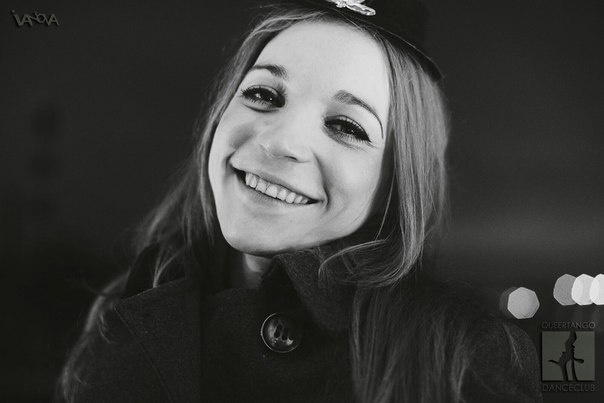
Why Queer Tango is so attractive for young girls? Some even started to think that Queer Tango is especially for women. Maybe they try to fix gender disbalance? What do you think?
Olga: Queer Tango is not just a group of emancipated girls who try to be self-sufficient. In Russia there more dancing women than men. Gender disbalance is almost everywhere. There’s not too many men on queer-milonga either. By the way, it’s easier for lady to be a leader and harder for man to follow. Women don’t bother themselves with question of switching roles, but for men “follower” means “weak”. To tell the truth, tango is not about “strong” and “weak”, there are only two absolutely equal partners who can do magic on the floor only in cooperation. I hope there will be more men in Queer Tango, it will bring more harmony.
For example, Queer Tango Festival in Berlin was mainly for men, and it was a real surprise for me.
«I’m strongly concerned that after few years there will be no division between “queer” tango and “traditional” tango. Borders will disappear and everybody will dance in absolute harmony.«
What is Russian attitude for Queer Tango?
Olga: It’s not even known in lots of our cities. It became clear when Queer Tango Club correspond with Russia a year ago. Moscow and Saint Petersburg are the first cities who have good queer tango schools. People who organize all these and teach the dancers have a great respect for me because it’s always hard to begin and raise something new, along with being in the minority with your willing to dance in your own style.
In Berlin I’ve been asked by dancers about my division of “queer” tango from “traditional”. Now we all are in century XXI, which will bring us new tango.
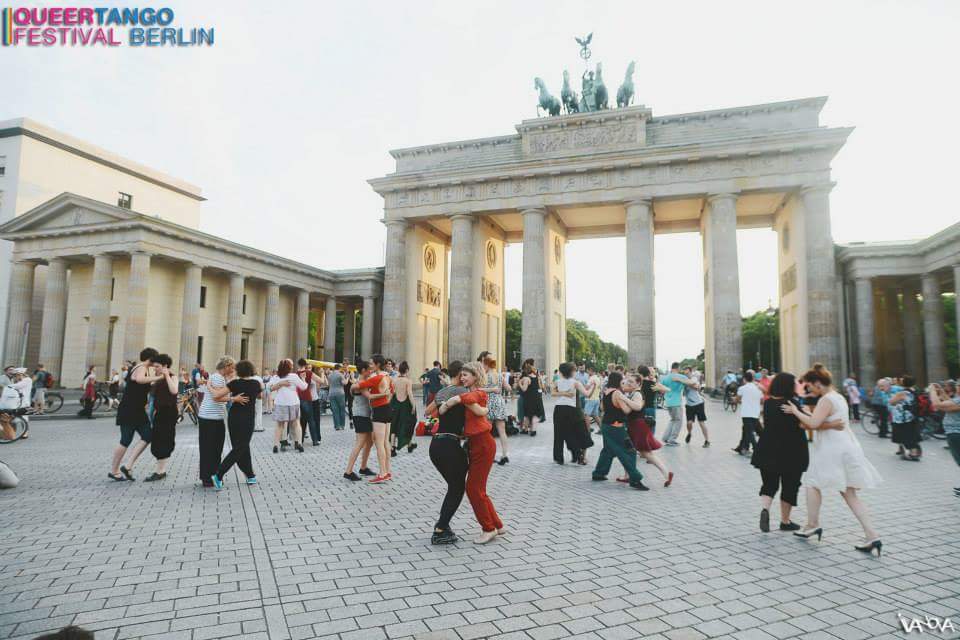
Can you tell, why Queer Tango is becoming popular so fast?
Olga: For the last two years I’ve been watching a transformation of Queer Tango from “closed club” to powerful movement. It’s popular because it’s new. Everyone wants to play new role. I’m strongly concerned that after few years there will be no division between “queer” tango and “traditional” tango. Borders will disappear and everybody will dance in absolute harmony.
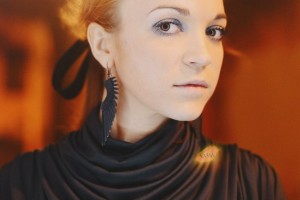 Olga «Wings», tango-DJ from Saint Petersburg, Russia
Olga «Wings», tango-DJ from Saint Petersburg, Russia
From October, 2015 — DJ of Queer Tango Club (SPb, leaders — Marina Stepanova and Anna Morizo). Partisipated in International Queer Tango Festival in June, 2015. In 2016 became the first Russian DJ on Contemporary Tango Festival in Berlin 2016.
Saint Petersburg, 18 March, 2016
Interview was taken by Alla Anokhina (TangoPiter.RU)


